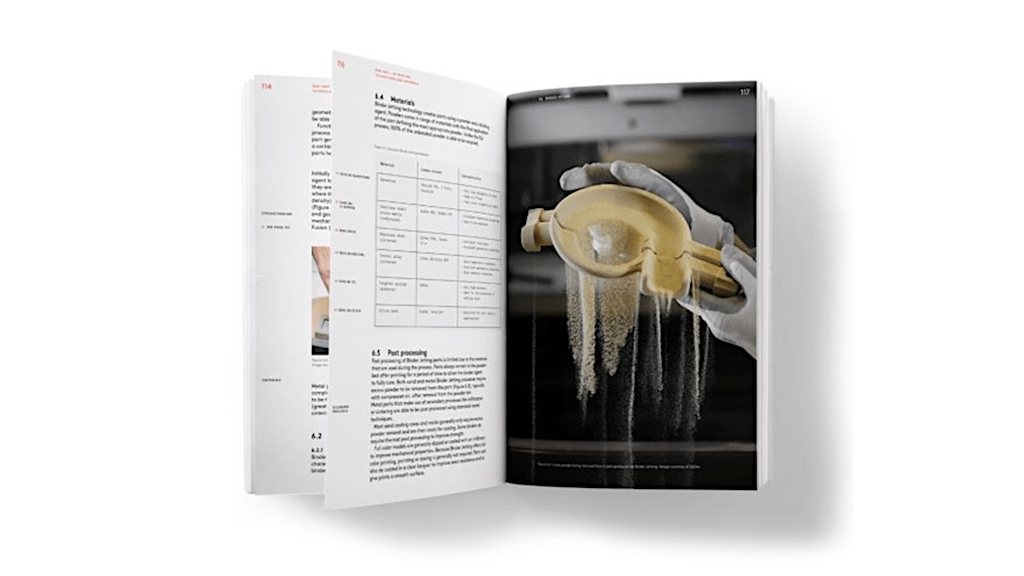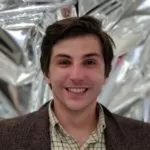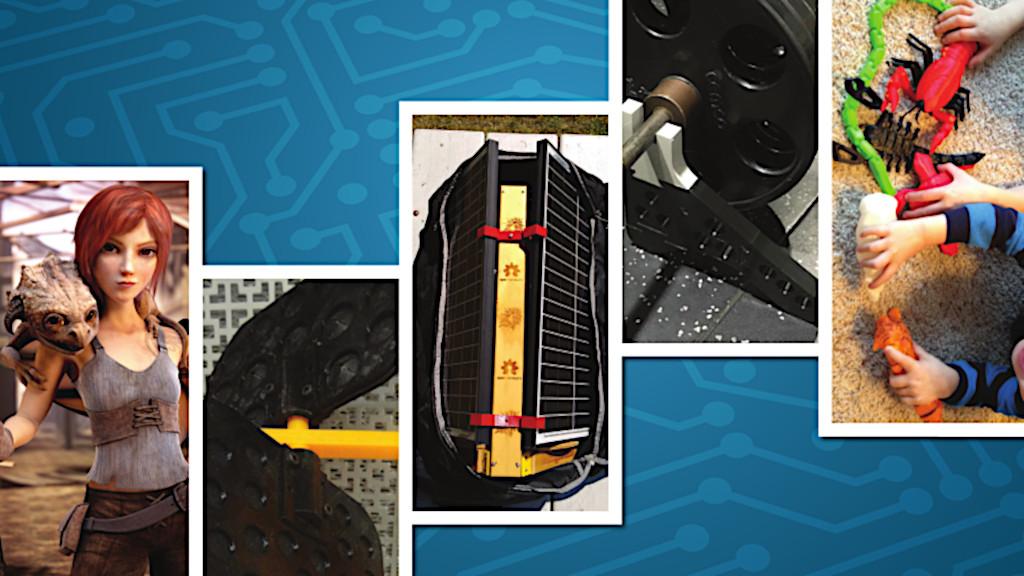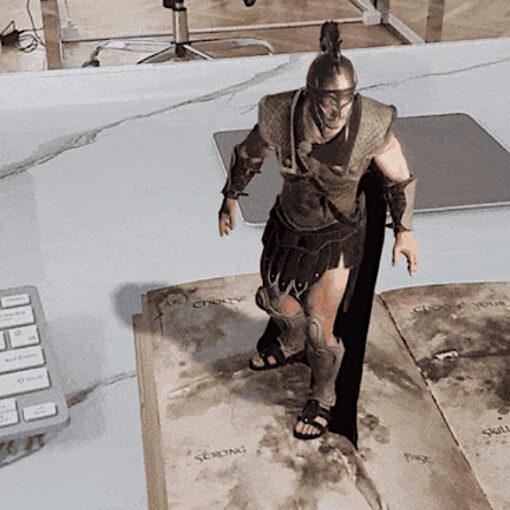Originally published in 2017, The 3D Printing Handbook by Hubs (formally known as 3D Hubs) is a book that is every bit as relevant today as when it was first released. As opposed to focusing on specific machines or manufacturers, The 3D Printing Handbook is split into three categories: 3D Printing Technologies and Materials, Designing for 3D Printing, and Applications of 3D Printing.
By splitting the book into these three categories, Hubs has allowed readers to become familiar with various technologies, understand the design strengths and weaknesses of each technology, and how they can and are being applied in industry.
The 3D Printing Handbook on Amazon (affiliate link)
Book Review – Made by Designers for Designers
One look at the cover of The 3D Printing Handbook and it’s clear: this is a book made by designers, for designers. The graphics are clean and crisp, the text is legible without being distracting, and the book is packed with useful information without being too dense. I’ve owned this book since 2018, and it’s a favorite on my additive bookshelf both as a conversation starter (“I didn’t know 3D Hubs make a book!”) and also as a colorful and useful reference guide.

(Image: Hubs)
3D Printing Technologies & Designing for 3D Printing
If you’re new to the 3D printing industry, you may already be familiar with filament-fed desktop 3D printers and want to learn more about other additive technologies, such as DMLS (Direct Metal Laser Sintering). Conversely, if you work in a dental lab and have experience with SLA/DLP (StereoLithogrAphy and Direct Light Processing), you may be curious to learn more about other production-oriented printing processes.
The 3D Printing Handbook covers five of the seven processes described by the ASO/ASTM 52900 Standard: Material Extrusion, Vat Polymerization, Powder Bed Fusion, Material Jetting, and Binder Jetting. The remaining two, Direct Energy Deposition and Sheet Lamination, are less common types of additive manufacturing and are briefly described but not covered further.
Each of these different manufacturing processes requires a different approach for part design and The 3D Printing Handbook dives deep into both the theory and applications of these design guidelines. For instance, a part made on a filament-fed system may require a support structure to prevent steeply overhanging angles from sagging, but the support structure on a PolyJet print (Material Jetting) will require support structures underneath overhangs of all angles.
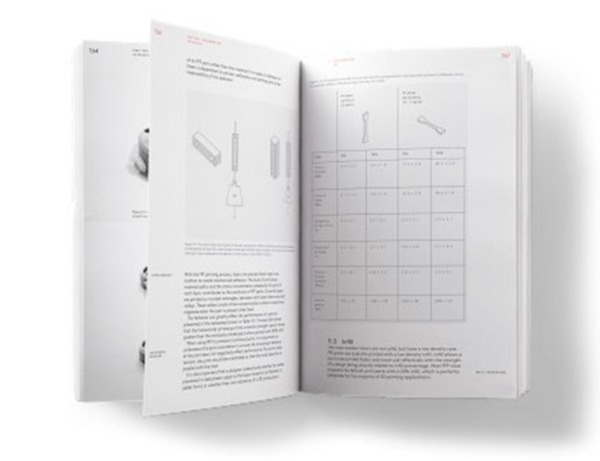
Applications of 3D Printing
Drawing on a wealth of experience in various manufacturing techniques, Hubs has identified and illustrated the various applications that are enabled by additive manufacturing. Readers who are interested in learning about how these additive manufacturing technologies are currently used in real-world scenarios will be excited to see case studies from Concept Laser, ExOne, EnvisionTEC, and more. These case studies help explain the benefits of various types of additive manufacturing and show the impact they can have on industries that are looking for time or cost savings.
Additional Information
Whether you’ve been in the additive manufacturing industry professionally for decades or only recently picked up 3D printing as a hobby, The 3D Printing Handbook (Amazon affiliate link) is sure to contain information that you will find useful on your journey.
For additional information, visit the Hubs site to learn more.
Read more: Create, Share, and Save Money Using Open-Source Projects | Book Review
Puzzled about what exactly open-source is and how it could benefit you? If you are in any creators’ community, be it 3D printing or any other, and have access to millions of designs and decent software for free, you already feel the positive impact of open source. In his book, Joshua M. Pearce, an academic engineer at MTU, explains how the open-source movement advances in every sphere of activities, encourages to participate and share in order to save money and gain more in return.

